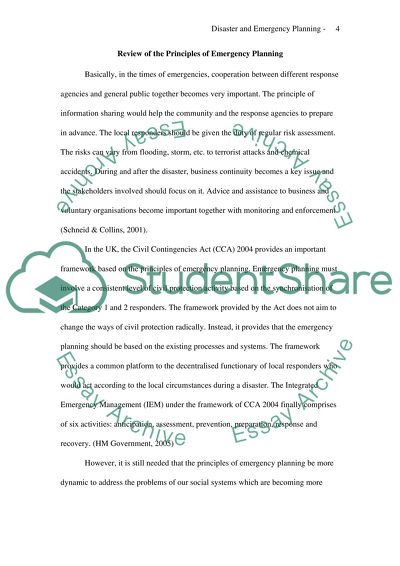Cite this document
(“Disaster & Emergency Planning Essay Example | Topics and Well Written Essays - 2500 words”, n.d.)
Retrieved from https://studentshare.org/environmental-studies/1410743-disaster-emergency-planning
Retrieved from https://studentshare.org/environmental-studies/1410743-disaster-emergency-planning
(Disaster & Emergency Planning Essay Example | Topics and Well Written Essays - 2500 Words)
https://studentshare.org/environmental-studies/1410743-disaster-emergency-planning.
https://studentshare.org/environmental-studies/1410743-disaster-emergency-planning.
“Disaster & Emergency Planning Essay Example | Topics and Well Written Essays - 2500 Words”, n.d. https://studentshare.org/environmental-studies/1410743-disaster-emergency-planning.


